What is Ladder of Inference?
The Ladder of Inference is a mental model developed by organizational psychologist Chris Argyris that explains how we make decisions. Each step in the decision-making process is represented by a rung on the ladder. You start at the bottom, then climb each rung before making a decision and taking action.
Going up and down the ladder usually happen unconsciously and very quickly in your brain, which leads to gaps in your thinking and reasoning process, makes you jump to conclusions and results in bad decisions.
Our actions in any given situation are determined by how we perceive the situation. We can all come to very different understandings, depending on what aspects of the situation we choose to focus on and how we interpret what is going on. By consciously employing Ladder of Inference, you can enhance decision-making by encouraging a more thoughtful and reasoned approach.
-
Make informed, objective, and rational decisions, reducing the potential for bias and flawed reasoning.
-
Help improve communication by making implicit thought processes and assumptions explicit, reducing misunderstandings.
-
Resolve conflicts by allowing everyone to understand how they and others arrive at their conclusions and judgments.
-
Encourage others to consider alternative viewpoints and perspectives. This can lead to more open-mindedness and a willingness to explore different options and solutions.
What are the seven steps of the Ladder of Inference?
There are 7 rungs on the Ladder of Inference. Here’s a breakdown of each step in the decision-making process, from observation to action:
Observation
At the bottom of the ladder, you start with raw data and facts. These are the things you can see, hear, or otherwise directly observe. At this stage, you're just taking in the reality of what’s happening without making any interpretations yet.
Selected Data
Next, from the vast pool of data available, you unconsciously select certain data to focus on, often based on your personal beliefs, experiences, and biases. You zero in on certain details based on your own preferences or agenda and don’t consider all the available data when making a decision.
Interpretations
After selecting data, you add meaning to the selected data. This involves interpreting the data based on your beliefs, assumptions, and past experiences. You start to form opinions and make sense of the information.
Assumptions
At this point, you start to make assumptions about the meaning of the data—often without considering whether they’re valid or not. These are often unstated but guide your thinking. They are influenced by your background, past experience and mental models.
Conclusions
Now you draw conclusions based on your assumptions about the meaning of the data. These conclusions can be explicit thoughts or decisions.
Beliefs
Your conclusions then reinforce your existing beliefs, which can be deeply ingrained. This can lead to a vicious cycle where your beliefs influence how you make decisions, then those decisions solidify your beliefs further impacting how you think and act in future situations.
Actions
Finally, you take action that seem right because it's based on what you believe. In reality though, your actions are driven by your assumptions and not based on reality.
What are the benefits of using Ladder of Inference as a tool in decision-making?
There are several benefits of using ladder of inference as a tool in decision-making. Some key benefits are:
-
It helps individuals and teams improve communication by making implicit thought processes and assumptions explicit, reducing misunderstandings.
-
It aids in resolving conflicts by allowing everyone to understand how they and others arrive at their conclusions and judgments.
-
It enhances decision-making by encouraging a more thoughtful and reasoned approach, reducing the influence of biases. This can lead to more effective problem-solving and better outcomes.
-
It encourages people to consider alternative viewpoints and perspectives. This can lead to more open-mindedness and a willingness to explore different options and solutions.
-
Leaders can use it to understand their team's thought processes, fostering better leadership and collaboration.
What is an example of Ladder of Inference?
Here's an example of how our automatic and deliberate thinking using ladder of inference can make a difference in the quality of our decisions and ultimately the outcomes we achieve:
Scenario: You are a manager leading a team of multiple developers.
Observation
You are looking at the performance data of all your developers.
Selected Data
Default thinking: Jim has missed several deadlines.
Deliberate thinking: Jim has missed several deadlines. Several of the projects he worked on didn't have clear requirements, project timelines were very aggressive and many ad hoc requests were made at the last minute by his product managers.
Interpretations
Default thinking: Jim doesn't have the skills to handle the tasks properly.
Deliberate thinking: Jim can't be blamed for missing these deadlines.
Assumptions
Default thinking: If Jim hasn't been able to deliver on time, he must not be a good software engineer.
Deliberate thinking: It's a manager's responsibility to ensure that their team gets requirement clarity and are given reasonable timelines to deliver.
Conclusions
Default thinking: I'll need to fire Jim if he keeps missing deadlines.
Deliberate thinking: I need to be more involved in the product planning phase.
Beliefs
Default thinking: Only talented engineers can do well in technology. Jim isn't cut out for software engineering.
Deliberate thinking: Good engineers aren't born, they are made.
Actions
Default thinking: Monitor him closely to the point of micromanaging his tasks to ensure he completes his work on time.
Deliberate thinking: Improve the planning process to ensure my team is productive and performant.
This example clearly demonstrates how consciously engaging at every stage of the ladder of inference can enable you to make more informed choices and better decisions.
What factors contribute to automatic judgments using Ladder of Inference?
Here are the 8 key factors that contribute to automatic judgments:
-
Information overload: Our brains filter, prioritize, and make quick assessments to manage the data influx efficiently.
-
Pattern Recognition: We rely on past experiences and patterns to make sense of new information quickly.
-
Cognitive Biases: Cognitive biases shape our perceptions and can lead to automatic decisions that are influenced by preexisting beliefs.
-
Emotional Influences: Strong emotional responses can lead to quick and sometimes irrational conclusions.
-
Time Constraints: When there's insufficient time for deliberate analysis, we tend to rely on automatic judgments to make decisions quickly.
-
Social Influences: Cultural norms, societal expectations, and peer pressure can shape our automatic judgments.
-
Information Filters: Our beliefs and worldviews act as filters that affect which information we pay attention to and how we interpret it.
-
Lack of Awareness: Lack of awareness can make it challenging to recognize and control automatic judgments.
How can you make better decisions using Ladder of Inference?
When you're faced with a decision, especially a complex or important one, deliberately slow down the process. Recognize that you and others are continually climbing this ladder, often without conscious thought.
Now, follow these steps:
Step 1: Identify where you are on the ladder
Identify which rung of the ladder you're currently on. This step is important because it tells you how far you've moved in your automatic thinking.
Step 2: Work your way down the ladder
Now that you know which rung you’re on, you can work your way back down the ladder to engage in more deliberate decision-making.
Here are questions to ask at each stage of the ladder—start with the rung identified in step 1 and move down on the ladder.
Observation
-
What specific data or facts have I observed in this situation?
-
Have I gathered all the relevant information, or am I missing anything?
-
Is my perception accurate, or am I making assumptions about what I see?
Selected Data
-
What factors or details am I choosing to focus on, and why?
-
What details I might be overlooking or ignoring?
-
How might my personal experiences or biases be influencing my data selection?
Interpretations
-
What meaning or interpretation am I assigning to the observed data?
-
What alternative interpretations I should consider?
-
How does my interpretation align with the actual data, and am I making logical connections?
Assumptions
-
What assumptions am I making about the meaning of the data?
-
Are my assumptions based on valid reasoning, or am I making leaps without evidence?
-
How might my personal beliefs or mental models be shaping my assumptions?
Conclusions
-
What conclusions or decisions am I drawing based on my assumptions?
-
Are these conclusions logically derived from the data and assumptions?
-
Have I considered potential consequences of these conclusions?
Beliefs
-
How do my conclusions align with my existing beliefs and values?
-
Am I aware of any confirmation bias, where I might be seeking information that supports my beliefs while rejecting contradictory evidence?
-
Are there any deeply held beliefs that might be influencing my thinking?
Actions
-
What action am I inclined to take based on my conclusions and beliefs?
-
What's the potential impact of this action on others and the broader context?
-
What alternative actions might be more appropriate or effective?
Step 3: Work your way up the ladder again
After you’ve worked your way down the ladder, you’re probably much more aware of your reasoning process and any assumptions you may have made. Now, try climbing the ladder, this time more consciously and deliberately.
By following this 3-step process, you can cultivate a more disciplined and mindful approach to decision-making. This helps ensure that your decisions are based on a solid foundation of data, thoughtful analysis, and an awareness of potential biases, ultimately leading to better, more informed choices.
To capture your thought process while making a decision, also check out Mind Map Bundle.
How can you help others make better decisions using Ladder of Inference?
To help others make better decisions using the Ladder of Inference, you can ask them a series of thoughtful questions that encourage reflection, critical thinking, and a deeper examination of their thought process. These questions are designed to guide them through each stage of the ladder and promote a more well-informed decision-making process.
Here are the questions to ask others at different rungs of the ladder:
Observation
-
What specific data or facts have you observed or gathered in this situation?
-
Are there any details or information you might have missed or overlooked?
Selected Data
-
Have you considered all available data, or are you focusing on a specific subset of information?
-
How do your personal biases or preferences influence the data you've chosen to focus on?
Interpretations
-
What meaning are you assigning to the observed data? How are you interpreting it?
-
Are there alternative interpretations or explanations for this information?
Assumptions
-
What assumptions are you making about the meaning of the data?
-
Have you critically examined these assumptions, and are they well-founded?
-
Are there other possible assumptions that should be considered?
Conclusions
-
What conclusions are you drawing based on your assumptions and interpretations?
-
Are these conclusions logical and consistent with the data and information available?
-
Have you thought about the potential consequences and implications of your conclusions?
Beliefs
-
How do your existing beliefs and mental models influence your conclusions?
-
Are your beliefs still relevant and accurate in light of the data and conclusions?
-
Are you open to adjusting your beliefs if the evidence suggests a different perspective?
Actions
-
How are your conclusions driving your actions or decision-making?
-
Do you believe your actions are based on well-reasoned conclusions?
-
Have you considered the potential consequences of the actions you plan to take?

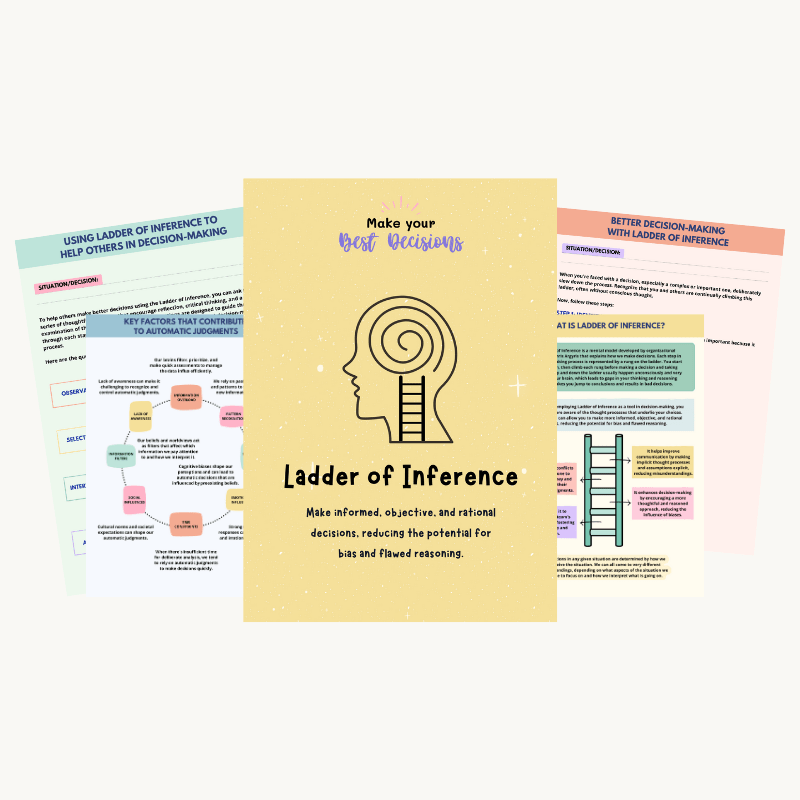
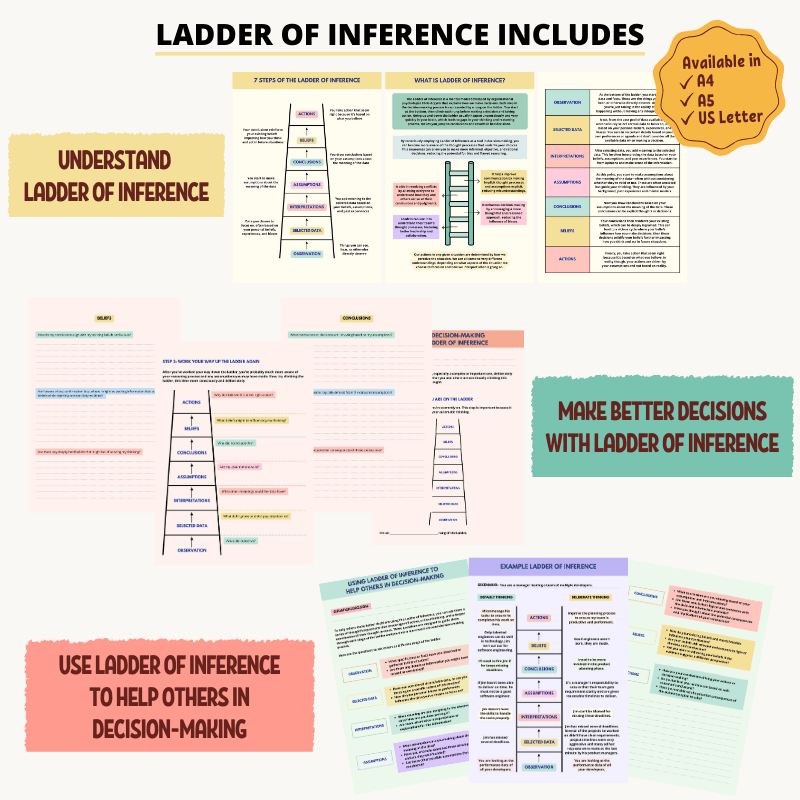
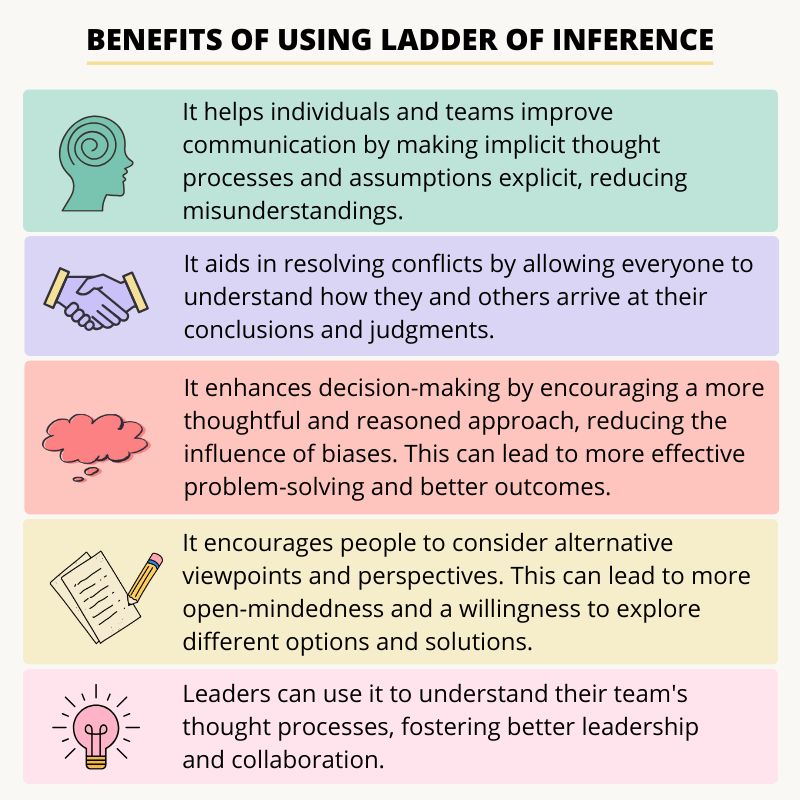
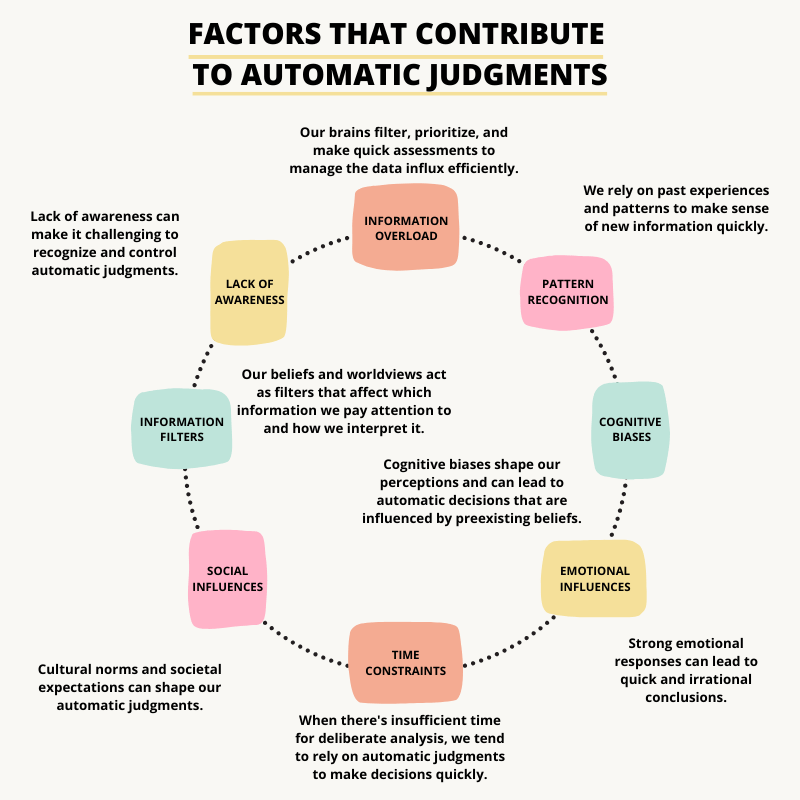
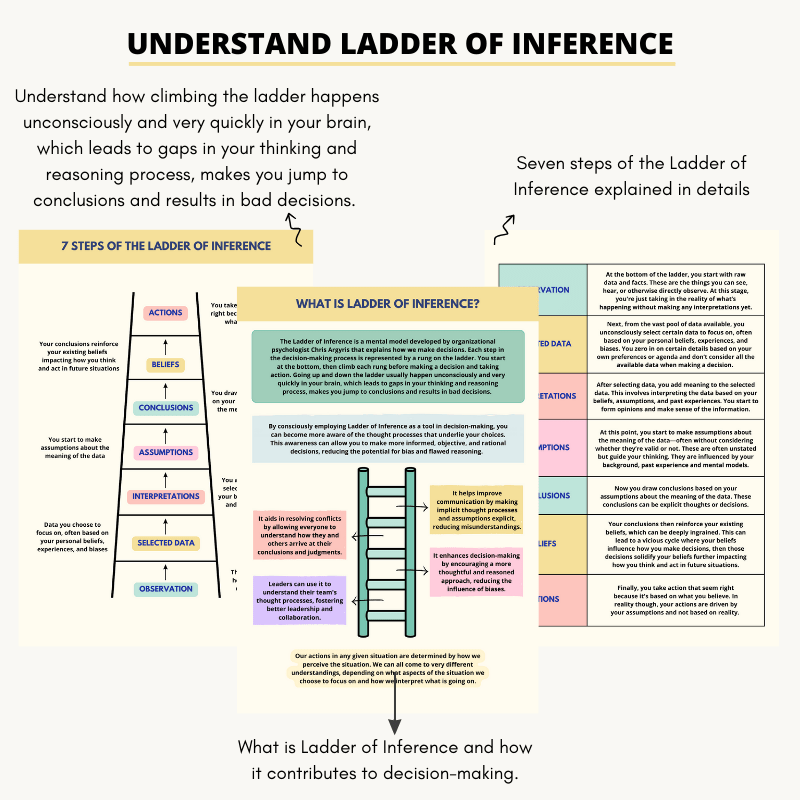
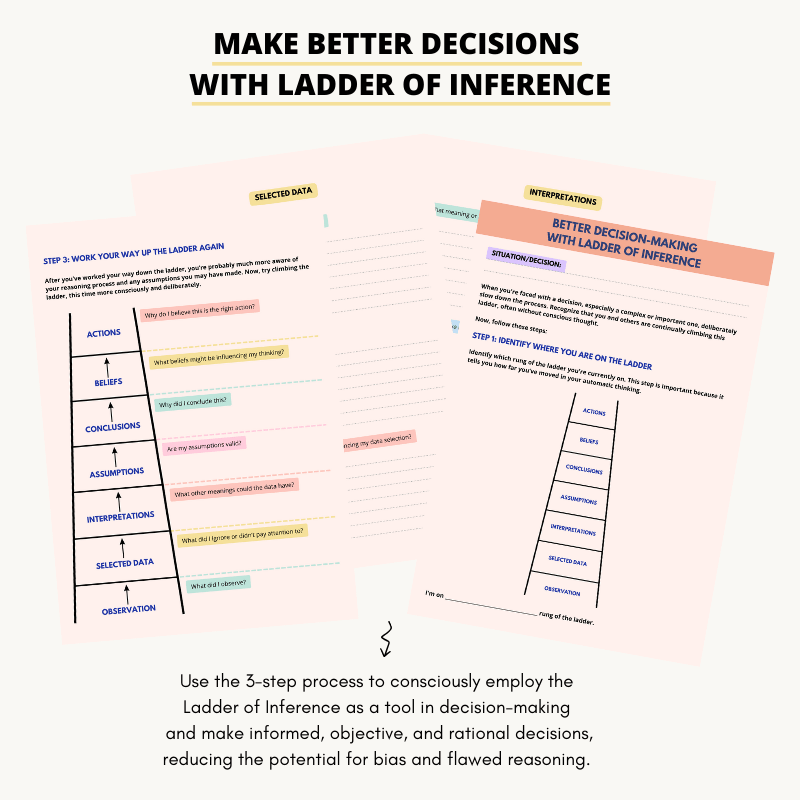
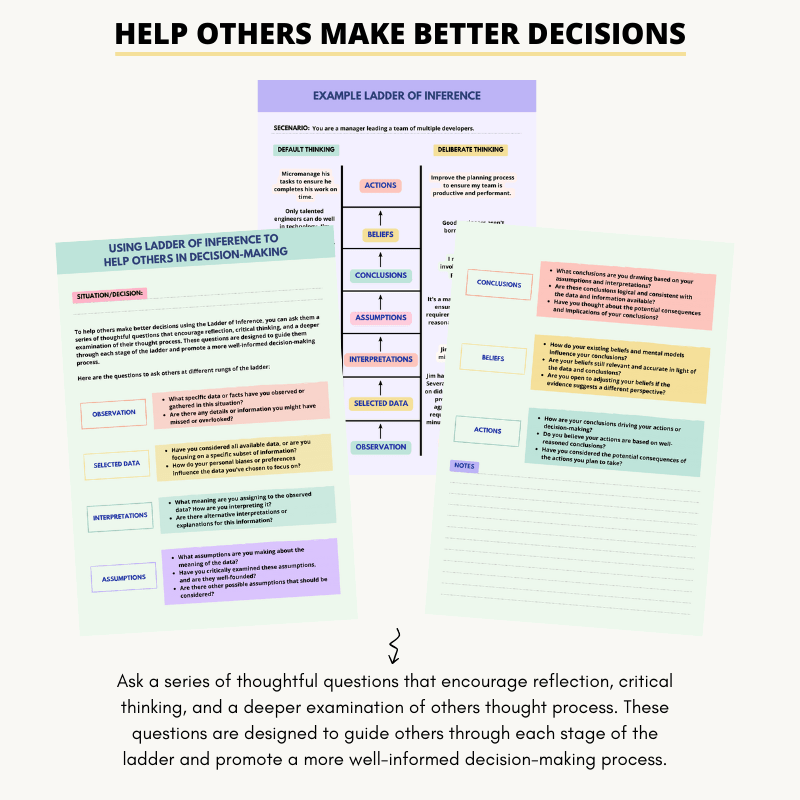
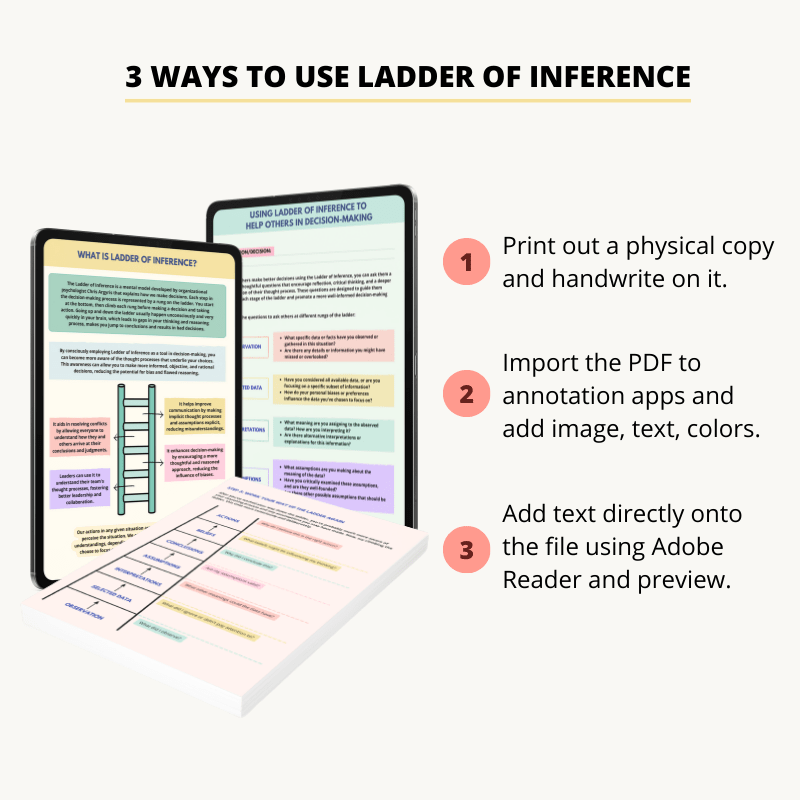
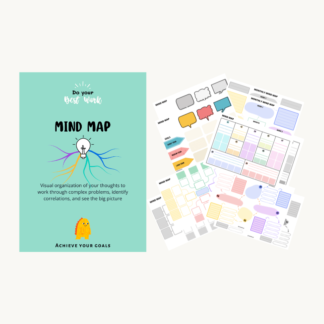
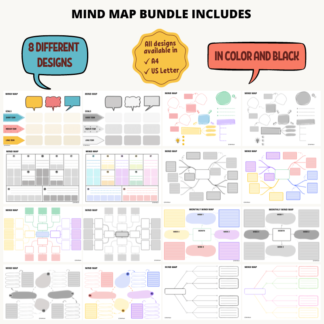
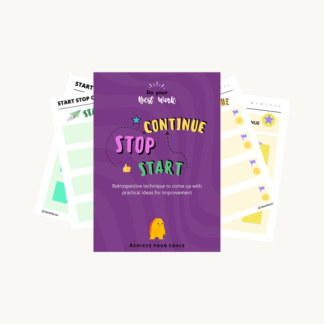
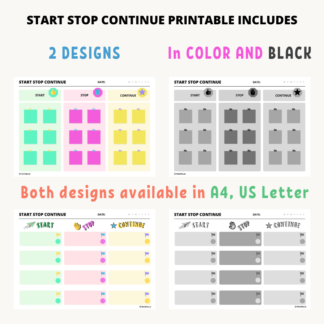
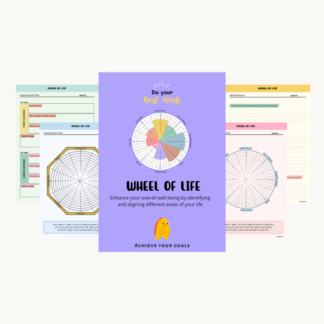
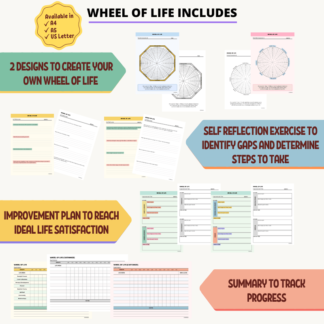
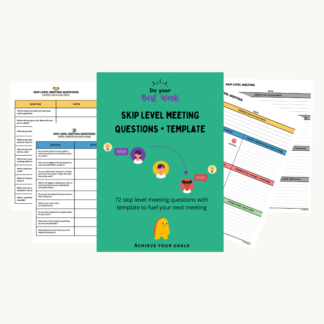
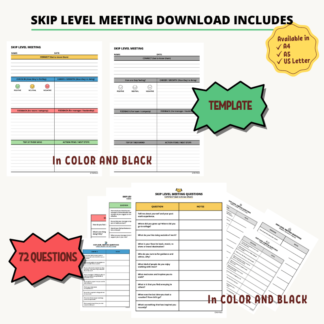
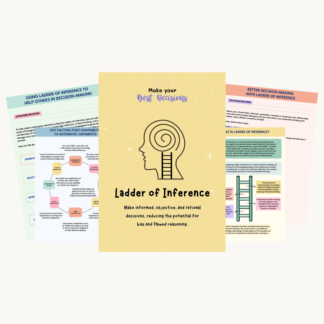
Reviews
There are no reviews yet.